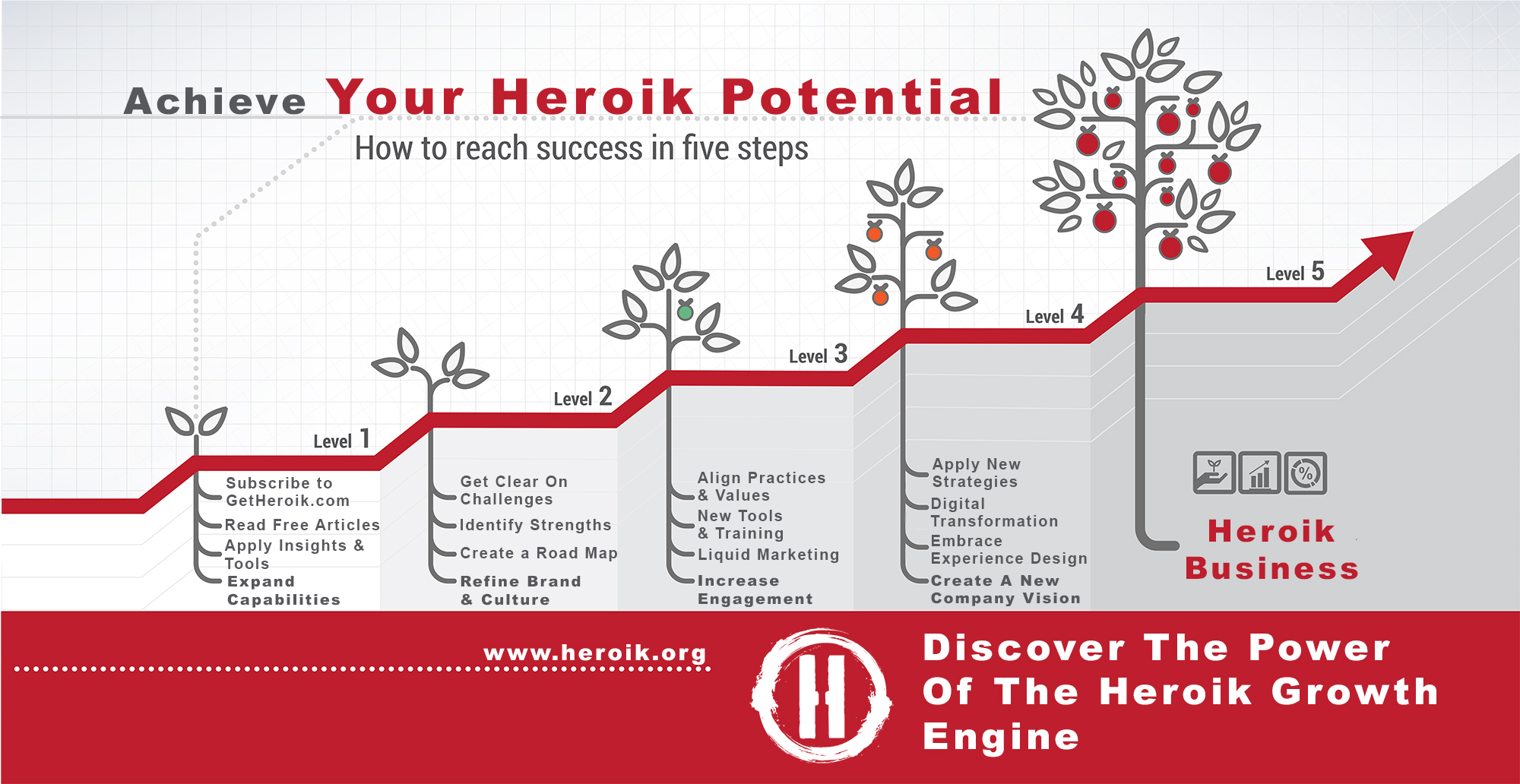The way we communicate has changed forever. Talk is cheap and a picture is worth a thousand words right? Yet how many in your organization are visually conversant in the new language? How many on your team are digitally literate? How many are at least visually literate? Is there a difference?
Information overload runs rampant. The average person’s attention span is 8 seconds. In fact, 9 sentences into this article, and I’ve likely lost half the audience. In this fast, global and digital marketplace, we don’t make a lot of time for text. Neither do our customers. With the constant switching of channels and tasks that have been shown to drop a person’s IQ by double digits, the email flooding the inbox, and meeting overload to attempt to address these shifts, there is precious little time leftover to communicate in between.
Just as our habits have shifted, so has the way we communicate. We’re expressing complex concepts with simple imagery. As visual beings, we are drawn to anything more artful than traditional uniform text. And the digital age has given everyone, every business of any size, the ability to communicate their value and connect with their audience with the same tools.
The new shortcuts are visual. We don’t just have text, we have emoticons 😛. Our instant messages are images. We convey idioms with memes. We’re not anchored to just email (digital letters).

We don’t just have spreadsheets. We have graphs, charts and edutaining infographics and visual roadmaps to chart our trajectory, progress and destination. These give us the important information, broader context and big ideas all at once. We’re way beyond the single chart or power of PowerPoint.

We have visual interfaces, apps, video conferences, and user experiences. These allow organizations to communicate faster and more effectively. However, they require key shifts in culture and practices to leverage their benefits.

Happy finger on field background
Leading organizations are making these shifts in culture and process to use these tools to manage projects, production, marketing and sales, you name it. They’re dominating the conversation and increasing their market share.
The organizations getting left behind are still flooding inboxes with emails to perform the same tasks, thereby increasing costs, killing engagement, and wasting time.
Our culture is becoming so visual that our language is no longer a mere matter of text or sounds, but complete ideas with mood and feeling. Even the style of typeface and font tell us more than they once did. Our language is becoming hieroglyphic like that of Ancient Egypt or the Mayans.
The gifts of the Digital Age and visual language have reset the playing field. Those who are embracing these gifts are setting the stage for who controls the conversation in media, politics and business. There is moment to moment competition for attention, and the visual communicators are giving the world something to talk about.
How Does Your Company Stack Up?
- How is your organization adapting its communication strategy?
- Are you keeping up, or getting drowned out or dismissed as noise?
- Does your organization speak the new language, or have you simply stopped talking?
How Visually Literate is Your Organization?
Maybe that’s an unfair question. Let’s narrow it down to your marketing and communications department (this could be the same team, or even person). Do they have the skills it takes to keep up with the conversation? If they are somewhat lacking, are you prepared to train them? The answer should be a resounding YES!
This skillset is essential to every employee and intern, copywriter, attorney, or anyone who is part of the communications/marketing mechanism of the organization, anyone who leads or wants to lead a team or company.
Listen up. Visual communications is not just for artists and designers anymore, just as writing is not only reserved for professors. Every business, every team member whose responsibility includes seeking attention from a customer or another business needs to have the ability to speak the dominant language of our day: imagery.
I’m not saying that the written word is dead. However, in order to say hello in the new language and begin the conversation, it usually requires a clever headline and captivating image these days. That image or video is the new standard greeting. It’s required, not a luxury, not a nice to have, it’s part of the language, like grammar.

Hand Drawing Biz Idea
The Litmus Test: Armed with only a pen and paper can you visually communicate your business ideas?
Your communications strategy needs to change.
There are plenty of bundled snake oil solutions that developing businesses buy into, believing that one will solve all of their problems and increase their capabilities to afford them a competitive edge in their industry. Make no mistake, regardless of training or tools, the leading businesses are those who make the appropriate moves across the entire organization:
– Make the appropriate shifts to establish visual communication as a cultural norm (transform culture and processes)
– Lead by example. Leaders should express initiatives visually to demonstrate it and help establish visual communication as a cultural norm, not a nice-to-have
– Recruit people with visual communication skills (the new litmus test for literacy)
– Train your team to become conversant (even if only on paper with stick figures)
It’s easy to get lost, over invest in a tool, underinvest in training and fail to shift the culture or process. Get this wrong and you’ll be back to square one with less resources than you started with.
Tips to Get Started
Heroik has helped lead transformations for many organizations as they make key shifts in culture and process, and equip them with tools and strategies to do so. We have plenty of helpful tips to those who are serious about transforming their company. If this sounds like you, subscribe to our mailing list below to view tips, tricks and resources. If you like this article, and would like to view the others in this series, subscribe below now and learn more about Visual Communication.




0 Comments